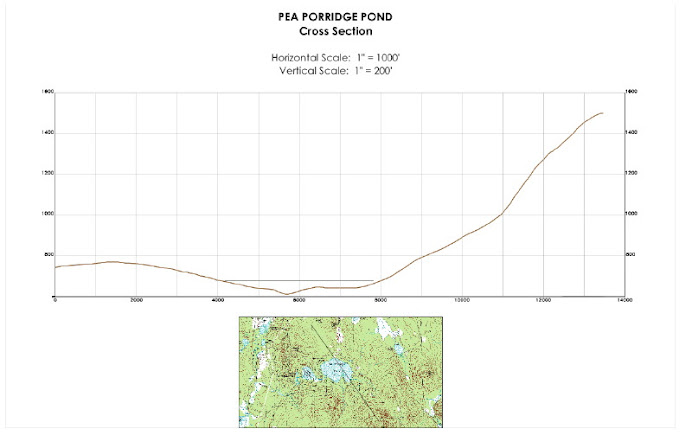AN UPDATE
The continuation of the drilling and sampling is "on" for tomorrow, March 17th. The weather is forecast to be good with the exception of a bit more wind than we'd like. However, given the other weather alternatives we've had so far, we'll manage just fine with this contingency.
Equipment and supplies will start to be hauled out to the drilling platform at 7:00 AM tomorrow morning, equipment set-up will start about 8:00 AM, and drilling should begin around 9:00 to 9:30 AM. We are prepared to drill another +/- 20 feet if need be, and if we do, we'll probably not be finished until the late afternoon. If we "hit bottom" sooner, we'll be done correspondingly sooner, but not likely before the mid afternoon.
Preparations for tomorrow have been progressing well since we completed "round one" last Tuesday. We've been concentrating on modifying our equipment and material-handling processes to be more time efficient so we can get "more bang for our buck" while we're out on the ice. The major modification we've made is now visible to those of you in residence here on the Pond. You can look out at the drilling site and see the new tripod/come-along lifting system Russ Lanoie designed and fabricated for us in his shop down the road yesterday afternoon. We hauled it out to the platform and installed it this morning. We've tested in twice now and it performs very well with as much as 650-700 pounds "on the hook". It should ensure we can retrieve everything we sample tomorrow, an important factor now because the ice will shortly begin to become unacceptably thin.
So, we're off and running again. We'll get tomorrow's results posted as soon as we can.



No comments:
Post a Comment